
Porsche 911 GT3
The 2017 911 GT3 will have design tweaks to bring it in-line with the rest of the 991.2 series, but the biggest changes will be under the boot with the 368kW 4.0-litre unit found in the current GT3 RS replacing the naturally aspirated 350kW 3.8-litre flat-six engine. Purists will be pleased to know it will have a manual option, with the same six-speed unit found in the limited R models offered along with the seven-speed dual-clutch PDK transmission.
Porsche Panamera Shooting Brake
You have to wonder why the Panemera wasn’t designed like this to begin with. The wagon’s design is clearly inspired by the 2012 Porsche Panamera Sport Turismo concept, with the flatter rear providing more headroom than the current liftback. Engine options will include a 324kW/550Nm 2.9-litre twin-turbo V6 and a 4.0-litre twin-turbo diesel V8 producing a thumping 310kW/850Nm that’s set to be the world’s fastest-accelerating diesel with a claimed 0-100km/h of just 4.3sec.
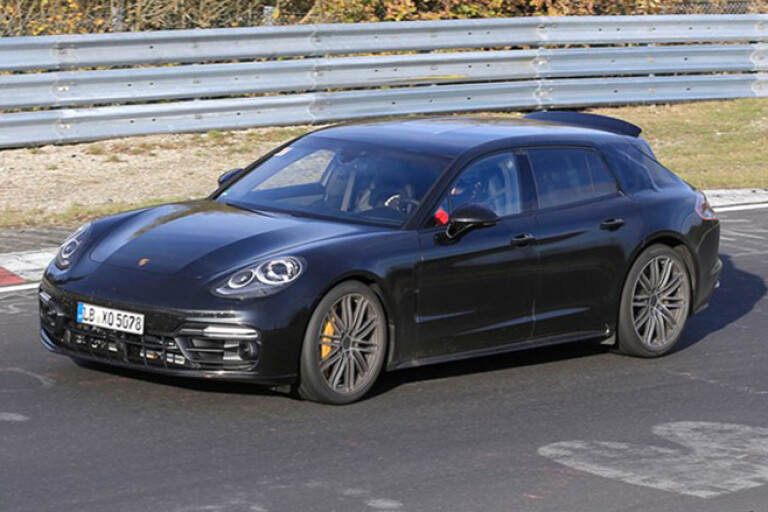
Range Rover Sport coupe
Land Rover is again providing the motoring world what it didn’t really ask for – a fastback SUV. Land Rover already has the Range Rover Evoque Coupe in its lineup, but the new one, code-named L560, is based on the bitumen-loving Range Rover Sport to directly take on the BMW X6 and Mercedes-Benz GLE Coupe. It’s likely to share the 3.0-litre supercharged V-6with other Range Rover models coupled with an eight-speed automatic. A turbo-diesel V-6 and a supercharged 5.0-litre V-8 could be offered as optional upgrades.
Skoda Octavia RS245
Based on the existing Skoda Octavia RS230, the RS245 will have a more powerful version of the 2.0-litre four-cylinder turbo petrol engine producing 180kW and mated with either a six-speed manual or seven-speed dual-clutch automatic transmission.
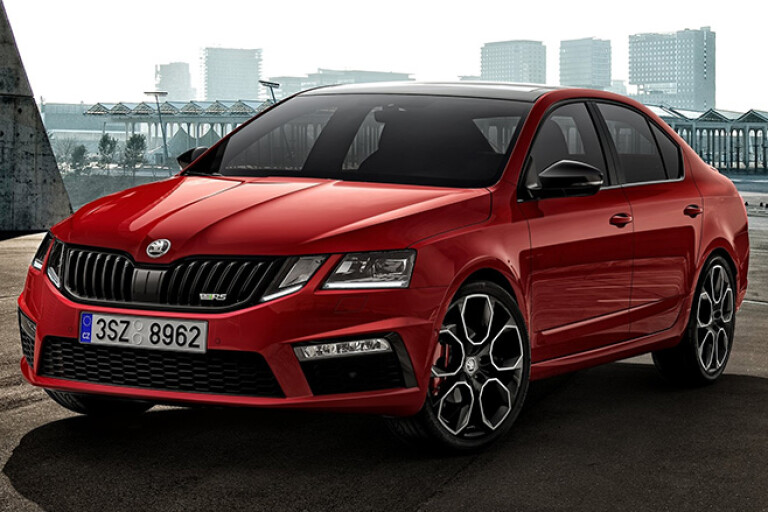
Subaru XV
So far all we’ve seen is the teaser pic of Subaru’s next-gen crossover. It will be the second vehicle built on the scalable SGP platform, after the Impreza, which Subaru claims will improve suspension and safety. Powertrain and equipment won’t be known until its Geneva launch, though we’re expecting the same 2.0-litre petrol four-cylinder engine found in the Subaru Impreza.
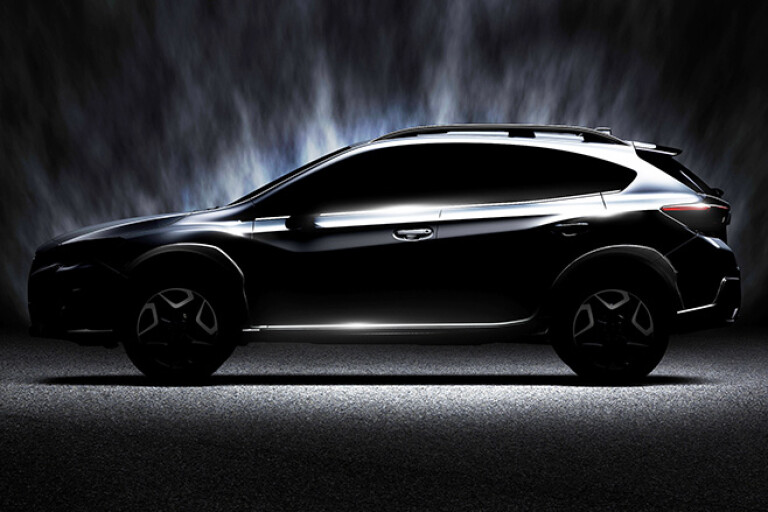
Suzuki Swift
The third generation of Suzuki’s compact hatch has been leaked, teased and revealed over the past couple of months and finally makes its official debut at Geneva. Built on Suzuki’s stiffer and lightweight “Heartect” architecture, the 2017 Suzuki Swift will come with a host of new technologies including driver assist systems and improved infotainment. Powertrain options include a 48-volt hybrid system powered by a 1.2-litre “DualJet” port and direct-injected engine carried over from the existing model and a three-pot turbocharged 1.0-litre BoosterJet unit.

Toyota Yaris hot hatch
The 157kW Toyota Yaris hot hatch has only been developed for Europe and Japan and has little chance of coming here, but we’ll be looking at it admiringly from afar when it’s unveiled at Geneva. Not much is known about it except that it will come as a three-door only and will only be manufactured in France in small numbers, using bespoke parts and with plenty of additional hand-built elements.
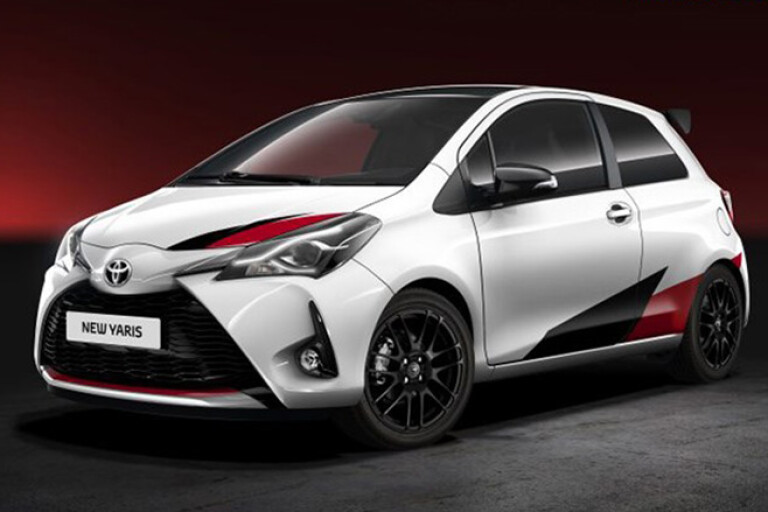
Volkswagen Arteon
The Arteon is the name of a concept expected to lead to the third-generation of the Volkswagen CC four-door coupe. Similar to the two generations of the Passat-based coupe that preceded it, the Arteon will sit at the top of VW’s mid-size passenger car range. The concept’s design includes “overt accents” such as standard 19-inch alloys, frameless windows, LED matrix headlights and “dynamic scrolling indicators” that appear to ripple in the direction the car is turning.
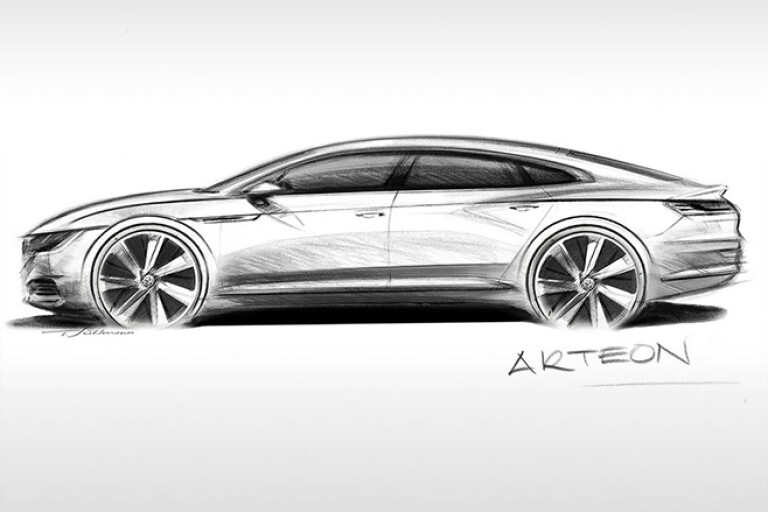
Volkswagen T-Roc
The production version of the Volkswagen T-Roc will make its debut at Geneva, three years after the concept that spawned it was revealed in the same hall. The Golf-based crossover will share the dimensions and much of the design of the concept but will sadly lack its targa top. Engine options will include three petrol turbos including a 1.0-litre three cylinder engine and 1.5-litre and 2.0-litre four cylinders with the biggest pumping out 180kW. There will also be 1.6-litre and 2.0-litre four-cylinder turbo diesels.

Volvo XC60
The long awaited successor to the Volvo’s popular mid-sized high-rider is a hugely important model for the Swedish carmaker, which has been falling behind in the hotly contested luxury SUV market.
It will share the XC90s Scalable Product Architecture (SPA) platform, which in turn underpins both the new S90 sedan and V90 estate. The powertrain line-up is also expected to come from the XC-90’s range of turbocharged four-cylinder petrol and diesel “Drive-E” motors working on their own or as part of a “Twin Engine” hybrid system.

COMMENTS